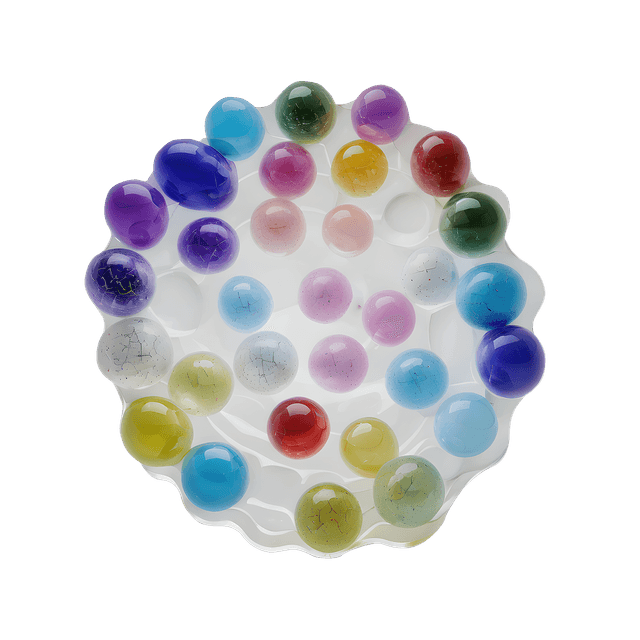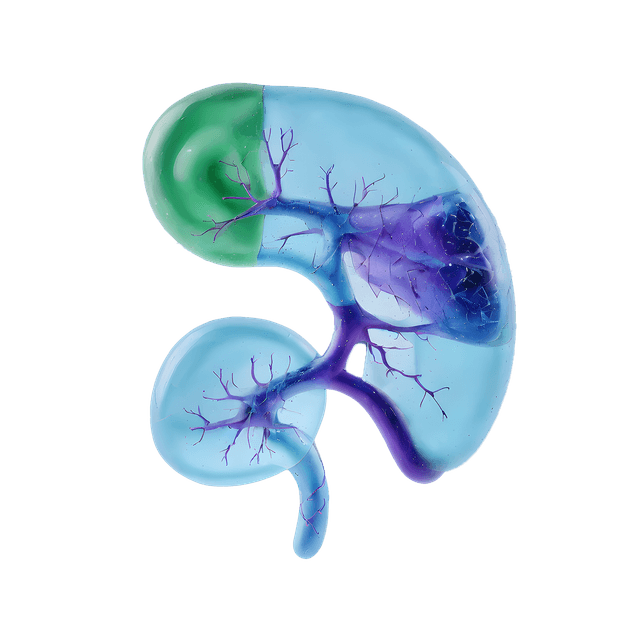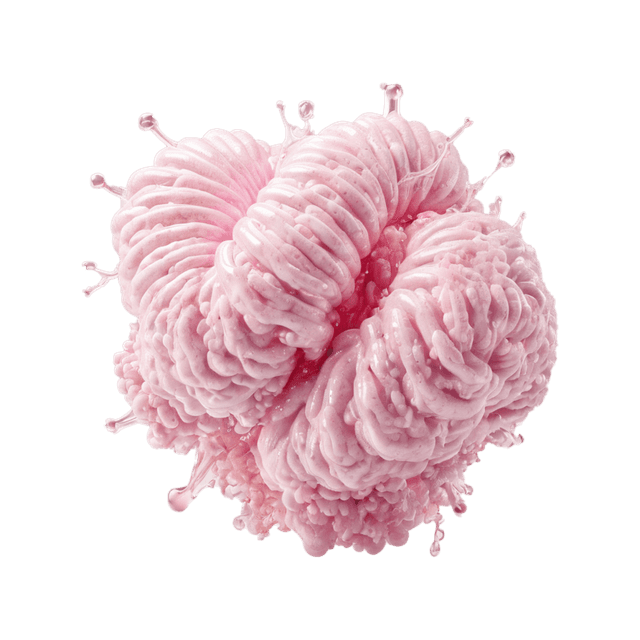Retinol is a form of vitamin A and the most bioactive form of this important nutrient. Retinol is often used as a blood marker to measure vitamin A levels in the body to ensure vitamin A levels are regulated. Vitamin A plays a central role in several biological functions, including vision, immune system efficiency, and skin health. Retinol is an important component of the vitamin's chemical structure and plays a central role in the body's various biological processes.
Vitamin A - an essential fat-soluble vitamin
Vitamin A is crucial for vision and for cell growth and development. Vitamin A is found in the diet as provitamin A (carotene) and as retinol (vitamin A alcohol) and its derivatives. For the body to be able to absorb vitamin A, normal fat absorption is required. Retinol is transported in the blood bound to a specific protein, retinol-binding protein for short (RBP), while retinoic acid is bound to albumin. Retinyl esters are stored intracellularly as fatty compounds, especially in the cytoplasm.
Unlike water-soluble vitamins, vitamin A requires the presence of dietary fats in order to be effectively absorbed in the intestine. Once absorbed, it is transported and stored in the body, mainly in the liver and adipose tissues. Vitamin A exists in two main forms: retinol and retinyl esters. Retinol is the biologically active form that is directly used in the body's processes. Retinyl esters act as a storage form that can be converted to retinol when needed. When we consume vitamin A through the diet, over 90% is in the form of retinyl esters, especially from animal products such as liver and fish. In the small intestine, these are broken down into retinol, which is then absorbed and used by the body.
In addition to these forms, there are also carotenoids, which are provitamin A and are found in plant-based foods such as carrots and kale. The body can convert these carotenoids, especially beta-carotene, into retinol when needed. This process is carefully regulated, which minimizes the risk of overdose from food-based sources.
Vitamin A's two main forms
Vitamin A occurs naturally in the diet in two main forms:
- Retinoids (retinol and its derivatives): These occur mainly in animal products such as liver, fish oil, and dairy products. Retinoids are directly biologically active and can be immediately used by the body to support functions such as your vision and skin health.
- Carotenoids (provitamin A): These are found in plant foods such as carrots, sweet potatoes, and green leafy vegetables. Carotenoids are converted into retinol in the body, which can then be used in the same way as the retinoids that are ingested directly through the diet.
Analysis of vitamin A (S-Retinol in the blood)
Analyzing retinol is an important tool for measuring the body's vitamin A status. By measuring the concentration of retinol in the blood, we can get a reliable picture of whether a person has sufficient levels of vitamin A or whether there is a deficiency or an excess. Low levels of S-retinol can indicate a vitamin A deficiency, which can lead to serious health problems such as night blindness and impaired immune function. On the other hand, high levels may indicate a potentially harmful excess, which can lead to symptoms of hypervitaminosis A, such as headaches, liver damage, and other toxic effects. Therefore, regular analysis of S-retinol is especially important for people at risk of deficiency or overdose, and it is an effective way to ensure a balanced and healthy vitamin A status.
Because vitamin A is fat soluble, excess can be stored in the body. This provides a long-term supply of the vitamin but also entails a risk of toxicity in case of excessive intake, especially through dietary supplements. To maintain an optimal vitamin A level, it is important to balance the intake, both to avoid deficiency and to prevent overdose. In medical advice and treatment, it is therefore crucial to consider vitamin A interactions with the body's fat metabolism.
How does vitamin A affect your health
- Vitamin A and visual health: Vitamin A is necessary to create rhodopsin, a light-sensitive pigment in the rod cells of the retina. Rhodopsin is essential for night vision, enabling us to see in dim light. A lack of vitamin A can lead to night blindness, an early sign of vitamin A deficiency, where the eyes have difficulty adjusting from light to dark.
- Vitamin A and the immune system: Vitamin A plays an important role in maintaining the function of the immune system. It helps to strengthen the mucous membranes of the eyes, lungs, intestines and urinary tract, making them more resistant to infections. In addition, vitamin A is involved in the production and function of white blood cells, which are essential for fighting infections.
- Vitamin A deficiency and global health: Severe vitamin A deficiency is a leading cause of blindness in children in developing countries. In addition to causing vision problems, deficiency can also lead to increased susceptibility to infections such as measles and diarrhea, which can be life-threatening, especially for children. International health programs are working to provide vitamin A supplementation to vulnerable populations to reduce these risks.
- Excess intake of vitamin A: While vitamin A is essential for health, excess intake, especially from supplements, can be harmful. High doses of vitamin A can lead to hypervitaminosis A, a condition characterized by symptoms such as headache, dizziness, nausea and, in severe cases, liver poisoning. Pregnant women should be especially careful with vitamin A intake, as excessive doses can increase the risk of birth defects.
- Vitamin A and skin health: Retinoids, a form of vitamin A, are often used in skin care products to treat acne and age-related skin changes. They help increase cell turnover and stimulate collagen production, which can improve skin texture and elasticity.
Vitamin A is therefore analyzed
Vitamin A is analyzed to detect both deficiency and excess of the vitamin in the body, as deviations from normal levels can lead to serious health problems. A lack of vitamin A can cause symptoms such as night blindness and a weakened immune system, while excessive levels can lead to toxic effects. The analysis can also be used to monitor the effect of treatments and to assess vitamin status in case of suspected nutritional deficiency or toxicity.
High levels of vitamin A
High levels of vitamin A, especially retinol, can result from excessive intake of dietary supplements or certain medical conditions, such as kidney failure and alcohol abuse. Excessively high levels can lead to hypervitaminosis A, a condition that can cause symptoms such as headaches, dizziness, and liver toxicity. In vitamin A poisoning, elevated levels of retinyl esters are often seen in the blood, which can be dangerous and requires careful monitoring.
Low levels of vitamin A
Low levels of vitamin A, especially retinol 1 µmol/L, may indicate vitamin A deficiency, which can lead to problems such as night blindness, impaired immune function, and increased risk of infections. Lack of vitamin A is often seen in conditions such as starvation, liver cirrhosis and in chronic inflammatory diseases. It is important to identify and treat the deficiency early to prevent serious health consequences, including permanent vision damage and increased risk of disease.






















